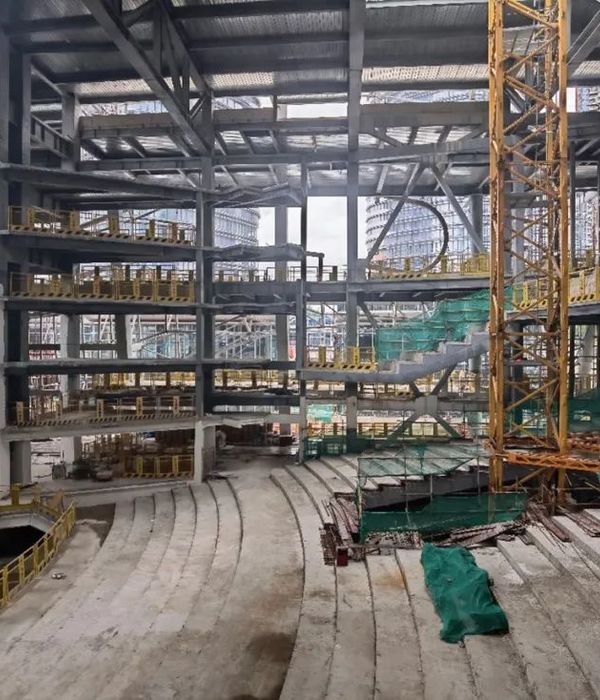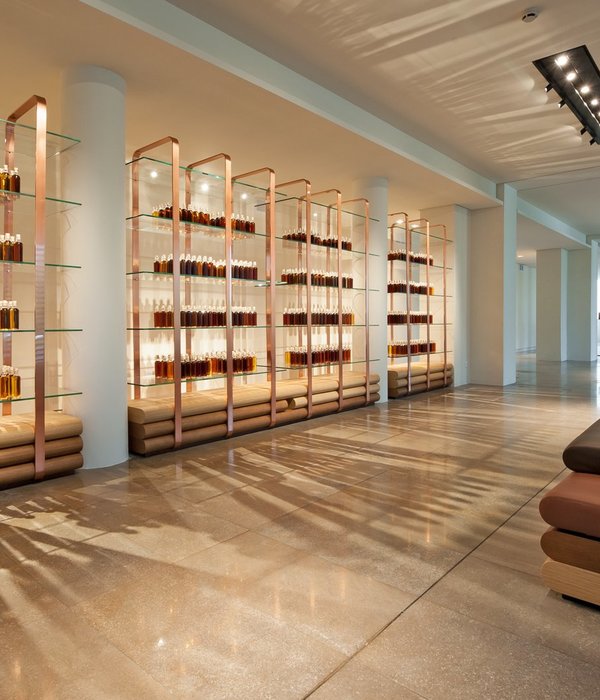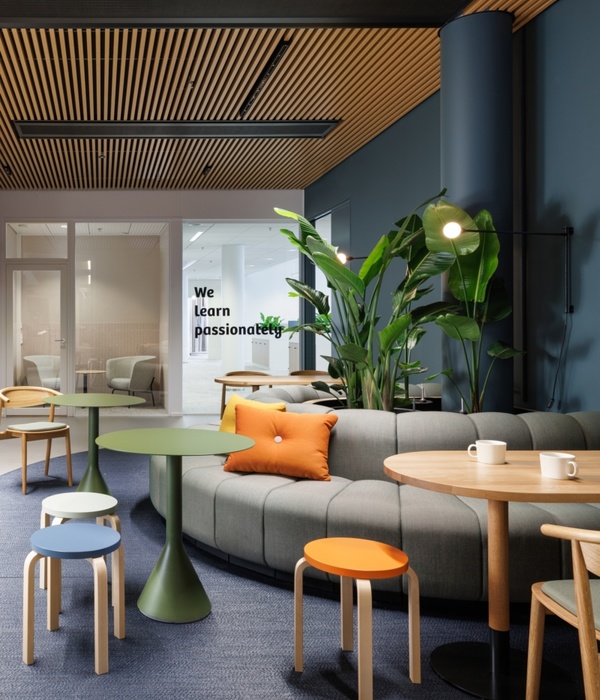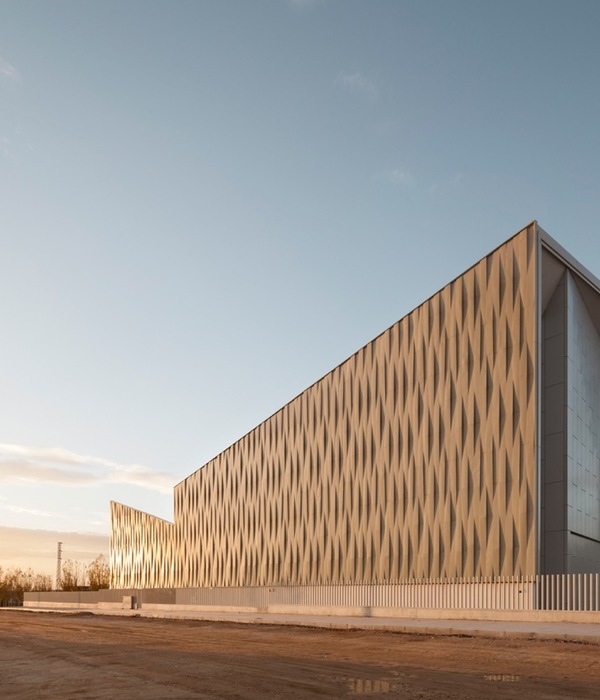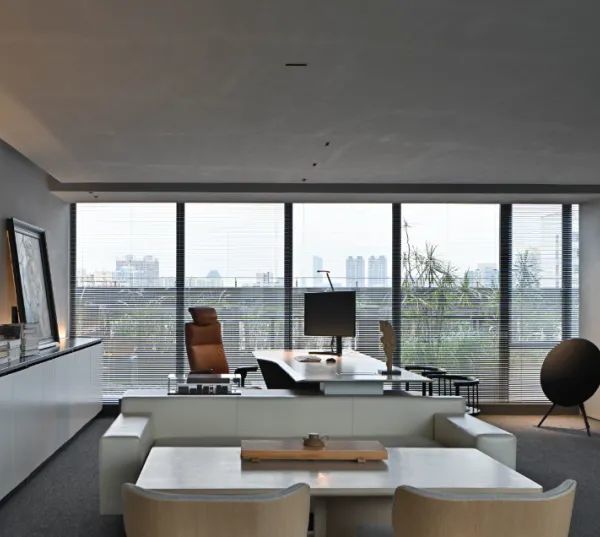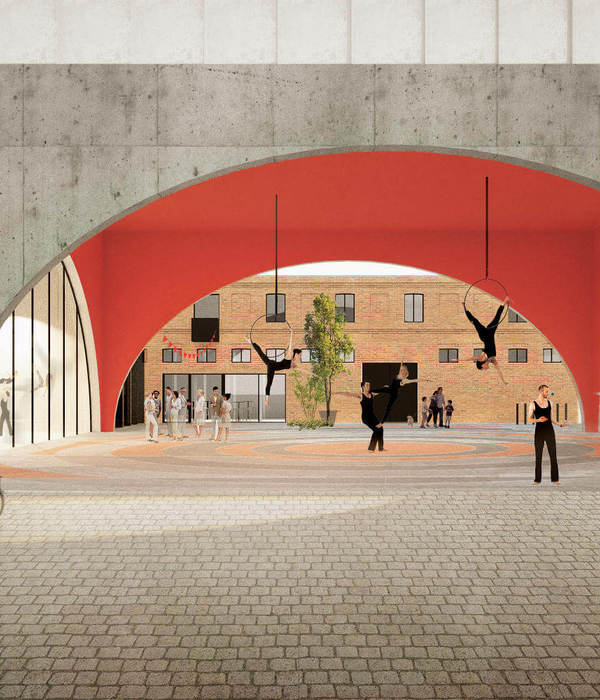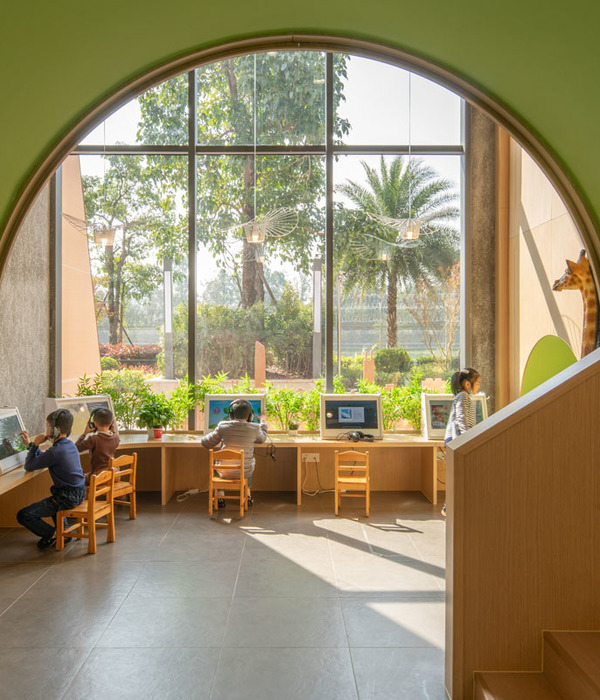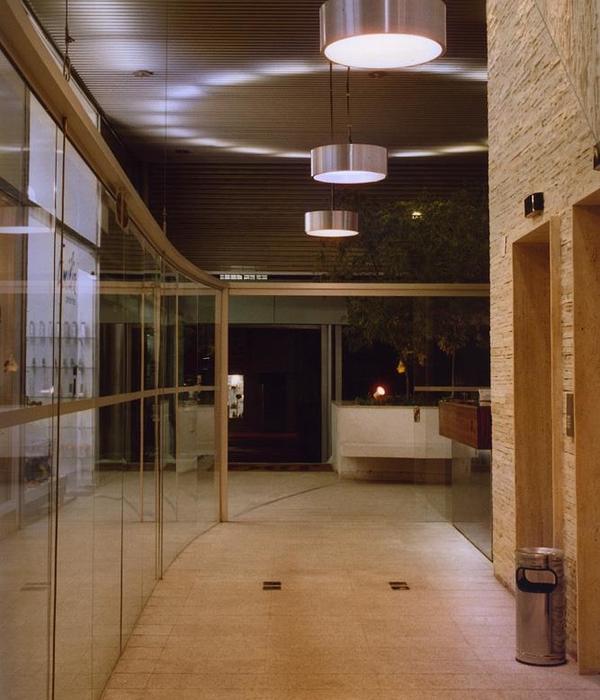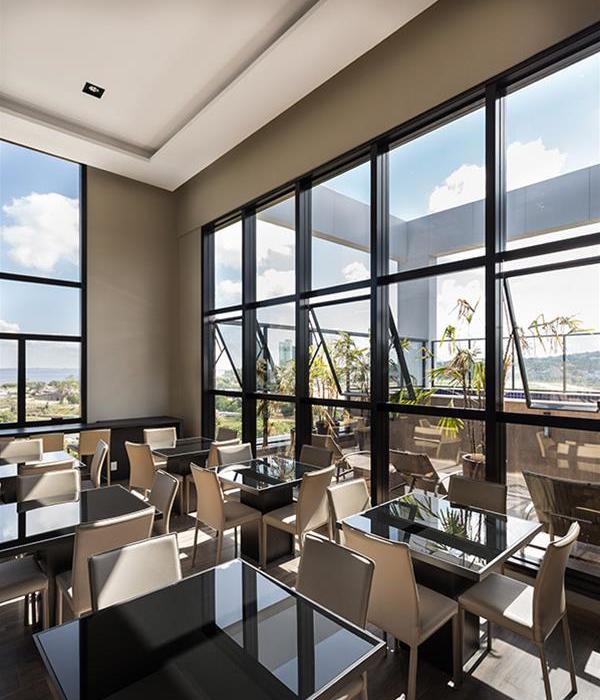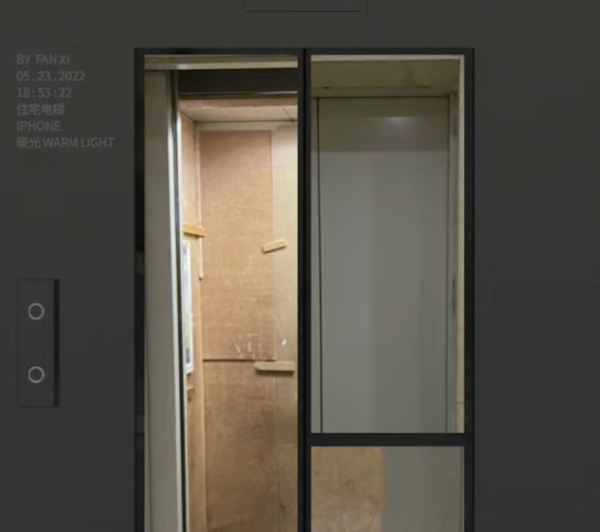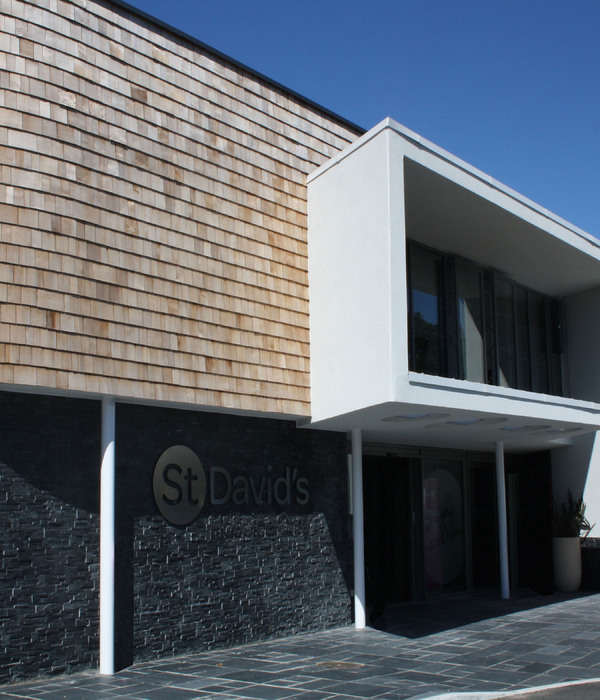Now in its second edition, the Biennale Arcipelago Mediterraneo is paving the way for a new form of humanism
Two or three things I know about Monsters, 2019, by Alfredo Jaar, neon and chairs. Photography: Valentino Bianchi. Courtesy of the artist and Fondazione Merz
It’s a wretchedly grey and drizzly day in Palermo. I’ve been circling Piazza Pretoria for the better part of an hour (admittedly all too begrudgingly by this point), trying to locate Shilpa Gupta’s installation at Palazzo delle Aquile. Perhaps then, the theme for the second edition of the Biennale Arcipelago Mediterraneo (BAM) – ‘ÜberMauer’, which translates to ‘beyond the wall’ – is all too fitting.
The Indian artist’s work, There Is No Border Here, as it eventually transpired, was hidden in plain sight: a protective ring of metal fencing around Palermo’s City Hall, wrapped in yellow hazard tape inscribed with texts in English, Italian and Arabic. The inscriptions testify how and to what extent the reception of outsiders have increasingly become ‘one of today’s essential values’.
There is no border here, 2019, by Shilpa Gupta. Photography: Iolanda Carollo. Courtesy of the artist and Fondazione Merz
The biennale was launched in 2017 as a shared project between two main collaborators: the Fondazione Merz and Transeuropa Festival. Alongside visual arts, the programme features theatre, performance art, music, open studios and educational events spread across more than 50 locations in Palermo. The latest edition of BAM featured site-specific installations from artists including Shirin Heshat, Claire Fontaine, Zena el Khalil, Patrizio Di Massimo, and Emily Jacir.
Living up to its theme, the biennale proved almost comically inaccessible. On the opening day of BAM, I’m told that Alfredo Jaar’s installation – located near Gupta’s in the long-closed Teatro Bellini – isn’t quite ready yet. Returning the following afternoon, the imposing doors of Palermo’s oldest theatre (one of the city’s finest examples of Arab-Norman architecture), remain defiantly shut. Eventually the artist himself pitches up and we’re ushered through a warren of anaemic corridors, before emerging in the auditorium where Jaar’s work is installed.
It’s breathtaking. The historic space is awash in a searing red light; numerous chairs (sourced from the theatre itself, Jaar notes) teeter chaotically atop each other on the stage, while others hover above in the air. Circling the top tier of the theatre, an ominous neon sign bears a quote from the Italian philosopher Antonio Gramsci: il vecchio mondo sta morendo. Quello nuovo tarda a comparire. E in questo chiaroscuro nascono i mostri. (‘The old world is dying. The new one is slow to appear. And in this twilight monsters are born.’)
RELATED STORY The astounding bid to designate Trump’s border wall concepts as land art
At the time, Gramsci was in a fascist prison, writing on what he considered to be a new interregnum. Nearly a century later, it’s a chilling sentiment that still rings true. ‘Faced with important anniversaries such as the fall of the Berlin Wall, the contemporary world has seen the number, nature and social penetration of every type of border multiply, often masked by its opposite through the media,’ says Beatrice Merz, president of Fondazione Merz and biennale co-curator.
Palermo is a city shaped by migrants, and one can’t help draw parallels with the Trump-centric discourse on immigration – illegal or otherwise – which has become all the more pressing in the context of a looming US presidential election. ‘The absurdity of the border can and must be transformed into that energy that allows the athlete to overcome the “the bull of history” and the brutality of oppression with a leap,’ adds Merz. ‘The prism of art will help us, in the meantime, to project ourselves beyond, without being discouraged, eager for discoveries and necessary compromises.’
‘The old world is dying. The new one is slow to appear. And in this twilight monsters are born’
Elsewhere in the Sicilian capital, Damián Ortega expanded on his longstanding preoccupation with architecture and restricted areas in Talking Wall (2015/2019). At the Convento della Magione, Jerusalem-born artist Gili Lavy’s film Furlong (2019) explored the act of measuring the earth ‘in search of a pristine, unknown imagined vision’. Israeli artist Michal Rovner’s haunting work, Cracked Wall (2019), cast the church of Santa Maria dello Spasimo in a new light, while Giuseppe Lana’s quartet of mechanical barricades broke down the notion of barriers.
‘The 2019 edition of BAM is dedicated to the theme of the “wall”, but imagining that the physical (or psychological) boundary is something to overcome,’ explains BAM artistic director Andrea Cusumano. ‘Indeed, the underlying idea of BAM is that Mediterranean is not a physical boundary, but a human horizon.’ §
When I grow up I want to be an artist, 2007, by Driant Zeneli, video colour, sound. Courtesy of the artist
Talking Wall, 2015/2019, by Damián Ortega, clay soil, Styrofoam ear pieces and flexible PVC pipes. Courtesy of the artist, Fondazione Merz and Gladstone Gallery
Furlong, 2019, by Gili Lavy, video installation. Courtesy of the artist and Fondazione Merz
Turbulent, 1998, by Shirin Neshat, video. Courtesy of the artist and Gladstone Gallery
Crossover, 2019, by Giuseppe Lana, lifting barriers. Courtesy of the artist and Fondazione Merz
{{item.text_origin}}


